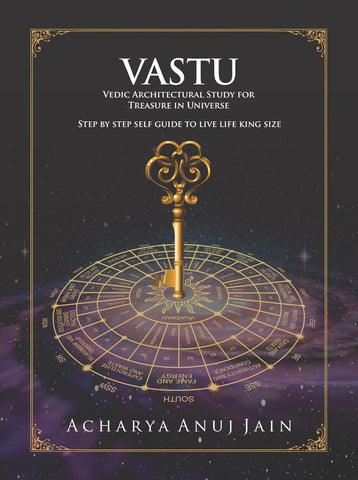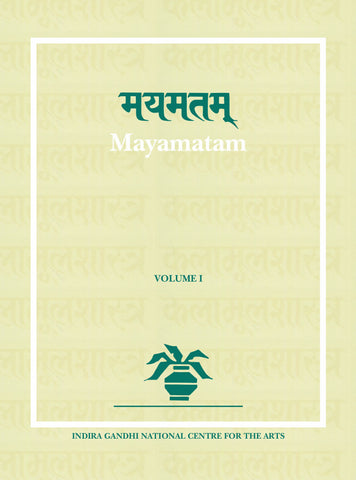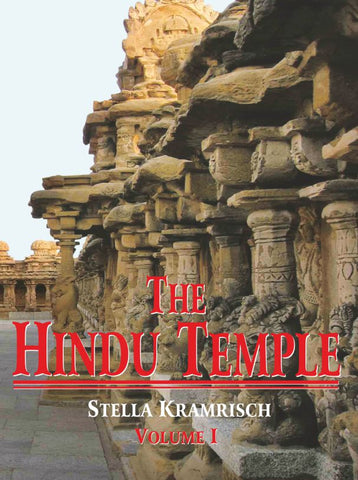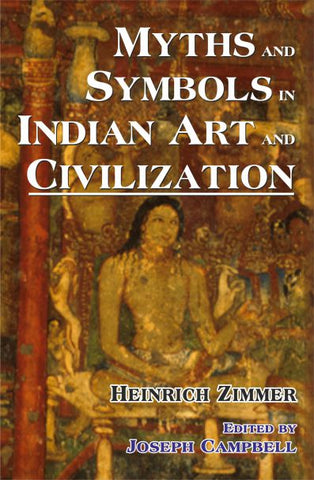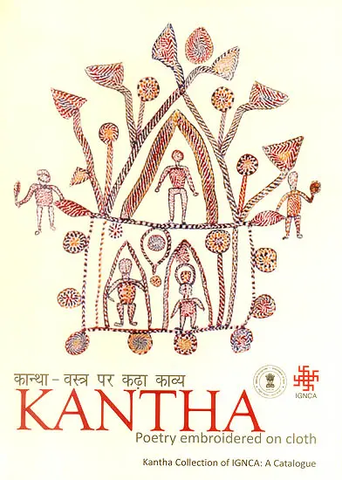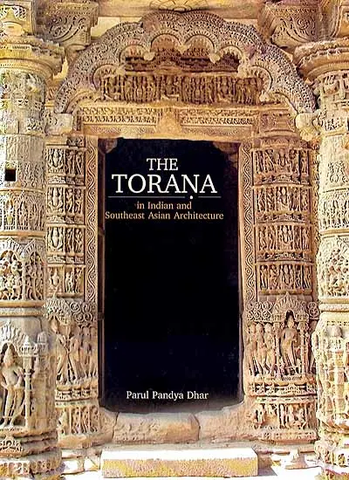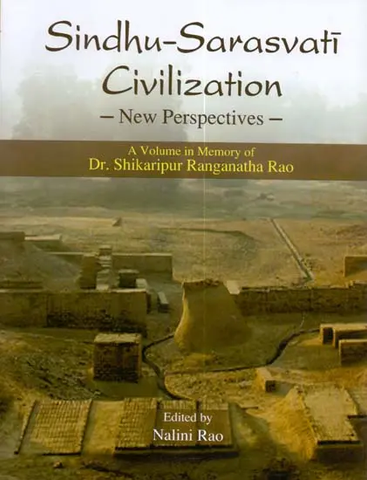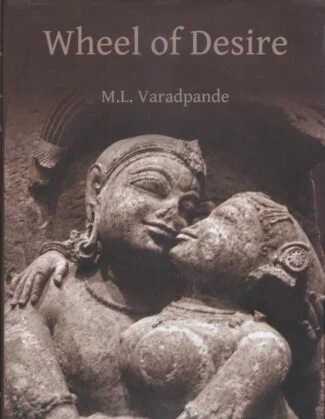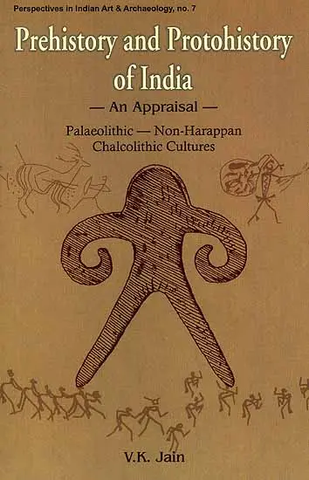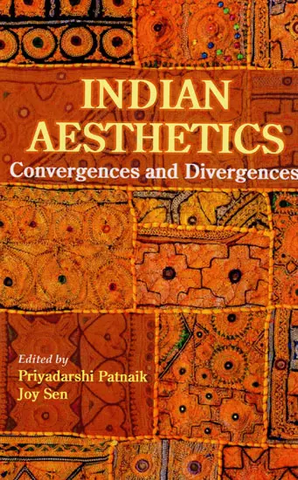Your cart is empty now.
While people were making rock art, they no doubt practiced many other forms of art, on their bodies, on their clothes, on their habitations, on their tools and weapons and on all sorts of perishable materials. With the passing of time, all this is gone. Nowadays, though, traditional forms of tribal art still persist in many places, even if partly mixed with Hinduism, for example when some rituals take place for Diwali. We have seen and studied some of them, like painting cows and houses or making cow-dung sculptures called gobardhans. In most parts of the world, such practices are long gone and so are the meanings that went with them. This is why it is so important to record them while we can. Rock art, for physical reasons, is the best preserved of tribal arts. It is present in thousands of sites all over India, with more concentrations in the center of the country. In our book, we shall see that rock art has never been still and unmovable: it has considerably evolved over the past 12,000 years.
Dr Meenakshi Dubey-Pathak has specialized in the field of Indian Rock Art, which started in the Mesolithic (more than 10,000 years ago) or even before During her many years of fieldwork she discovered dozens of new painted sites, mostly in Madhya Pradesh (particularly in the Pachmarhi area about which she did her PhD), but also in Chhattisgarh, Rajasthan and Ladakh.
She has devoted nearly thirty years of her life to the discovery, study, publication, exhibitions, workshops and protection of Indian Rock Art. This has already eamed her a deserved international recognition. She has published many papers and four books: "Rock Art of Pachmarhi Biosphere", Delhi, BR Publications, 2012. "Des Images pour les Dieux. Art rupestre et Art tribal dans le Centre de l'Inde (with Jean Clottes). Arles (France), Éditions Errance, 2013. "Powerful Images. Rock Art and Tribal Art of Chhattisgarh" (with Jean Clottes). Bloomsbury Publications, 2017. "Madhya Pradesh Rock Art and Tribal Art" (with Jean Clottes), INTACH and Aryan Books International. She was Internationally awarded the high honour of Chevalier des Arts Lettres'-Knight in the National Order of Arts and Letters- by the French Minister of Culture and Communication in 2014.
She is an International Expert for rock art with ICOMOS and UNESCO. She was awarded Heritage Fellowship with Ministry of Culture, France. Also She is a Wakankar Senior Research Fellow.
Film on the "Central Indian Rock Art and Tribal Art", based on her research work, screened and awarded in the International Archaeology Film Festival in Nyon, Switzerland. March 2019.
She is a member of the Bradshaw Foundation Advisory Board (England) and a member of the Rock Art Network of the Getty Foundation (US).
Dr Jean Clottes studied at Toulouse University He was a Director of Prehistoric Antiquities for Midi Pyrénées from 1971 onwards, and after being a General Inspector for Archaeology at the Ministry of Culture (1991) he became a Scientific Advisor at the same Ministry for everything relating to prehistoric rock art, a position he held until his official retirement in July 1999.
He created and directed the International Newsletter on Rock Art (INORA). He has taught courses at the Universities of Toulouse (France). Neuchâtel (Switzerland), Gerona (Spain), Buenos Aires (Argentina, INAPL), Berkeley (USA), Victoria (Canada).
He is also an International Expert for rock art with ICOMOS and UNESCO.
He has published or co-published 30 books, directed 13 others and more than 600 papers. Seven of his books (and many papers) have been published in English: The Cave Beneath the Sea (Harry Abrams, 1996); The Shamans of Prehistory, with D. Lewis-Williams (Harry Abrams, 1998); World Rock Art (Getty Foundation, 2002); Chauvet Cave: the art of earliest times (ed.) (The University of Utah Press, 2003); Cave Art (Phaidon, 2008); with Meenakshi Dubey-Pathak). "Powerful Images. Rock Art and Tribal Art of Chhattisgarh Bloomsbury Publications, 2017. "Madhya Pradesh Rock Art and Tribal Art" (INTACH and Aryan Books International).
Animals do not make an Humans do at least our own species that we call "Modern Humans" and "Heme sapien, and that it would be better to call "Home spiritual" as it is not wisdom or knowledge (apientia) which distingues un from animals, but spirituality. For previous humanities we do not know for sure if they created art, because of problems of preservation: the oldest the art, the less chances it hus u survive intact down to our times. In addition, preservation will also depend upon the art support. Engravings on rocks will survive longer than paintings: deep caves will better preserve the art than open rocks. What we call art is also relevant. Art in our opinion, can be defined as the projection upon the world around the artist of a strong mental image, which will infuse reality before transfiguring it and recreating it into a different form, Such an attitude implies an awakening, a consciousness that goes beyond day-to- day life contingencies, beyond mere adaptation vo material necessities in order to get food, to reproduce and to survive. From such a point of view, what is called rock cupules or cup-marks. Le small cavities a few centimeters wide and deep whose purpose is most times unknown- are not really art, except when they are arranged in distinct patterns.
A worked red hacmatite stone engraved with lines and crosses was found at Blombos (South Africa) and dated to around 75,000 BR In the same country, at Diepidoof, excavations revealed ostrich shells decorated with bands of geometric motifs dated to 60.000 BP Except for these very few artefacts, the oldest art known in the world so far is in the range of 35,000 to 40,000 BP or so in Europe and also in Indonesia where hand stencils dated around 40,000 BP were found in the Sulawesi cave. A recent discovery has been dased 45,000 BP in a Sulawesi cave. It includes portable art such as the spectacular animal and human ivory statuettes found in four German Aurignacian shelters but also rock art, Le paintings or engravings made on the walls of caves or shelters, mostly in deep European caves from France and Spain. But Palacolithic rock art is also known in England. Portugal, Italy, Rumania, Croatia and Russia.
In India, our colleagues Robert Bednarik and Giriraj Kumar have a number of times proposed that our earliest prehistoric art coruined of cupules, basing their claim mostly on the sites of Bhimbetka (Auditorium Rock) and of Daraki-Chattan, both in Madhya Pradesh, which they ascribe to the Acheulean, perhaps 200,000 years ago or more.
Delivery and Shipping Policy
- INTERNATIONAL SHIPPING
- Rs.1000-1100/kg
- ESTD. Delivery Time: 2-3 weeks (depending on location)
- Bubble Wrapped with Extra Padding
- NATIONAL SHIPPING
- NCR: Rs. 30/half kg
- Standard: Rs. 80/half kg
- Express shipments also available on Request
- ESTD. Delivery Time: Ranging from 1-4 days up to 7 business days (Depending on your choice of Delivery)
- TRACKING
- All orders; national or international, will be provided with a Tracking ID to check the status of their respective orders
- Depending on the Shipping Service, Tracking ID may be used on their respective tracking portals
Frequently Asked Questions (FAQs)
Domestic Shipping: 3-4 Days (after shipping)
International Shipping: 1-2 weeks (based on your location)
You will receive an email once your order has been shipped or you can email us if you didn't receive tracking details (info@mlbd.co.in)
Every book that we sell is the latest edition except all the rare books
Yes, we do provide free shipping, only on domestic orders (within India) above Rs.1500













